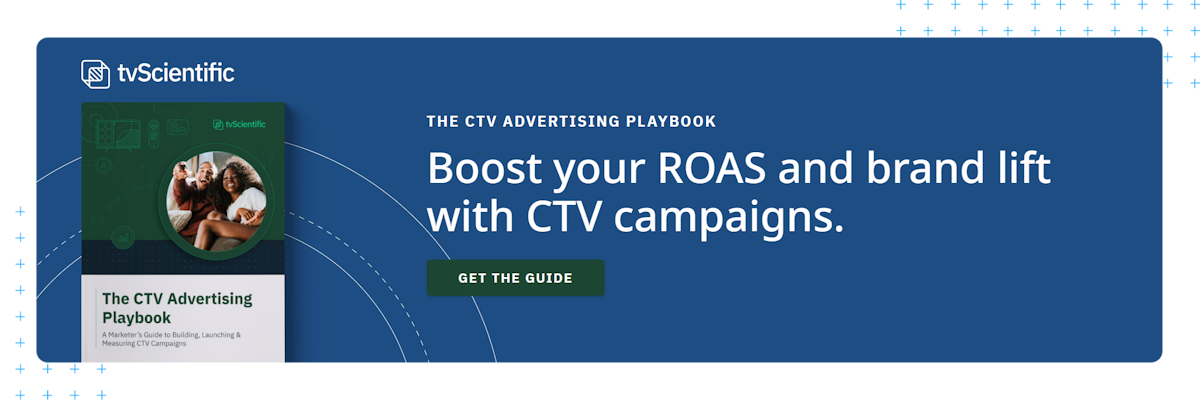Retargeting in marketing is a highly effective tactic that allows brands to stay connected with potential customers and increase conversions.
Once a customer knows about your brand or products, retargeting efforts become a useful strategy
Not every visitor to your website is interested in making a purchase right away. Some are browsing, or “window shopping,” to learn more about the available options. To nurture them into a final decision, businesses rely on retargeting campaigns that keep their brand top of mind.
So what is retargeting in marketing and how can companies leverage it effectively? In this article, we will explore some of the key advantages of implementing retargeting campaigns, including improving brand visibility, increasing website traffic, boosting conversion rates, and enhancing overall marketing ROI.
Want to dig deeper? Check out The Complete Guide to Understanding Targeting in Marketing.
What Is Retargeting in Marketing?
The retargeting definition is the process of delivering targeted ads to people who interacted with a brand in the past — hence “re targeting.” The most common examples are reaching out to customers who previously reviewed or abandoned cart times, sometimes with a discount to entice them to complete the purchase.
Retargeting in marketing is a highly effective tactic that allows brands to stay connected with potential customers and increase conversions. It can be implemented through various platforms, such as the Google Display Network or Facebook, and provides a way to deliver personalized and relevant ads to users based on their past interactions.
How Retargeting Works
Traditional retargeting campaigns are possible through cookies, tiny pieces of code deposited on a user’s browser when they visit a website. Cookies act as unique identifiers that follow users as they browse other websites, creating opportunities for brands to serve ads that reflect their browsing and purchasing histories. This level of personalization greatly increases the likelihood of conversion.
As third-party cookies are slowly phased out of the advertising ecosystem, brands are looking at retargeting alternatives. Some options include sharing profile indicators from social media and other anonymous sources.
Retargeting Ads vs Remarketing Ads
By definition, retargeting and remarketing campaigns are both strategies for reaching potential customers who previously showed interest in a brand or its products. While the terms are often used interchangeably, there are some key differences in how we define retargeting from remarketing.
So what are retargeting ads? These campaigns primarily focus on new visitors, usually through paid advertising after they visit a brand website. In contrast, remarketing campaigns reach out to previous customers, typically through email, to recommend other similar products. For instance, an online retailer might send an email to a customer who recently purchased a pair of shoes, showcasing matching accessories or offering a discount on a future purchase. In both cases, the goal is to nurture ongoing relationships and encourage repeat purchases.
What Are the Benefits of Retargeting Campaigns?
Generate Awareness
Generating awareness is essential to reach a wide audience and establish a brand presence. Retargeting campaigns help by increasing brand visibility using catchy advertisements or appealing new products. By distributing these ads across various channels, businesses can ensure that their brand remains in the minds of consumers.
Some metrics to track in awareness campaigns are impressions, engagement, and conversions. Impressions highlight the number of people who watched an advertisement, indicating the maximum awareness of a given campaign. Engagement metrics, such as likes, shares, and comments, help measure the level of direct interest in the content.
Drive Conversions
Conversions measure specific actions taken by users, such as signing up for newsletters or making purchases, that contribute towards completing a sale or other business goal. Conversions can be tracked by monitoring how users engage with campaigns.
For example, click-through conversions monitor the number of people who click on an ad, directing them to a landing page. Meanwhile, view-through conversions track the number of times a user watches an ad in full, but do not necessarily take further action. These categories allow advertisers to measure the impact of their ads even if a purchase doesn’t follow.
To analyze the results of a retargeting ad campaign and optimize for higher conversions, the following steps should be followed:
- Track and measure performance metrics such as click-through rates, conversion rates, and ROI.
- Identify which retargeting ads are generating the most conversions and which ones are underperforming.
- Refine ad targeting based on audience demographics and behavior to ensure messages are reaching the right people.
- Test different ad creatives and messaging to see which resonate best with the target audience.
- Continuously monitor and optimize the campaign based on performance data to maximize conversions.
Reduce Cart Abandonment
Addressing cart abandonment is a useful strategy for online businesses to increase their conversion rates and maximize revenue. With an estimated cart abandonment rate of 86%, businesses need to implement effective retargeting strategies that recover potentially lost sales.
Retargeting through email has proven to be an effective strategy in reducing cart abandonment. By reminding customers of their intent to purchase and offering incentives, businesses can recover lost sales and increase their conversion rates. Businesses should leverage retargeting effectively and ensure their emails are personalized, timely, and relevant to the customer's browsing behavior. With the right implementation, businesses can significantly reduce cart abandonment and boost their overall sales.
Introduce New Products
Retargeting in marketing doesn’t just apply to existing product views. By leveraging customer interest and awareness, retargeting campaigns can guide customers back to your site to discover new products. This strategy allows you to capitalize on customer interest and drive conversions, ultimately boosting the success of your product launch.
Make tvScientific Your CTV Partner
tvScientific was co-founded by senior executives with deep roots in search, programmatic advertising, digital media, and ad verification. We think scientifically, and our results are driven by a belief in one, simple formula: Trust = Data x Transparency x Control.
With powerful attribution capabilities, real-time reporting, automated optimization, and built-in, always-on testing, we believe that tvScientific provides the most robust, transparent, tailored CTV advertising platform. Once you see it for yourself, we know you will too. Request a demo today.







